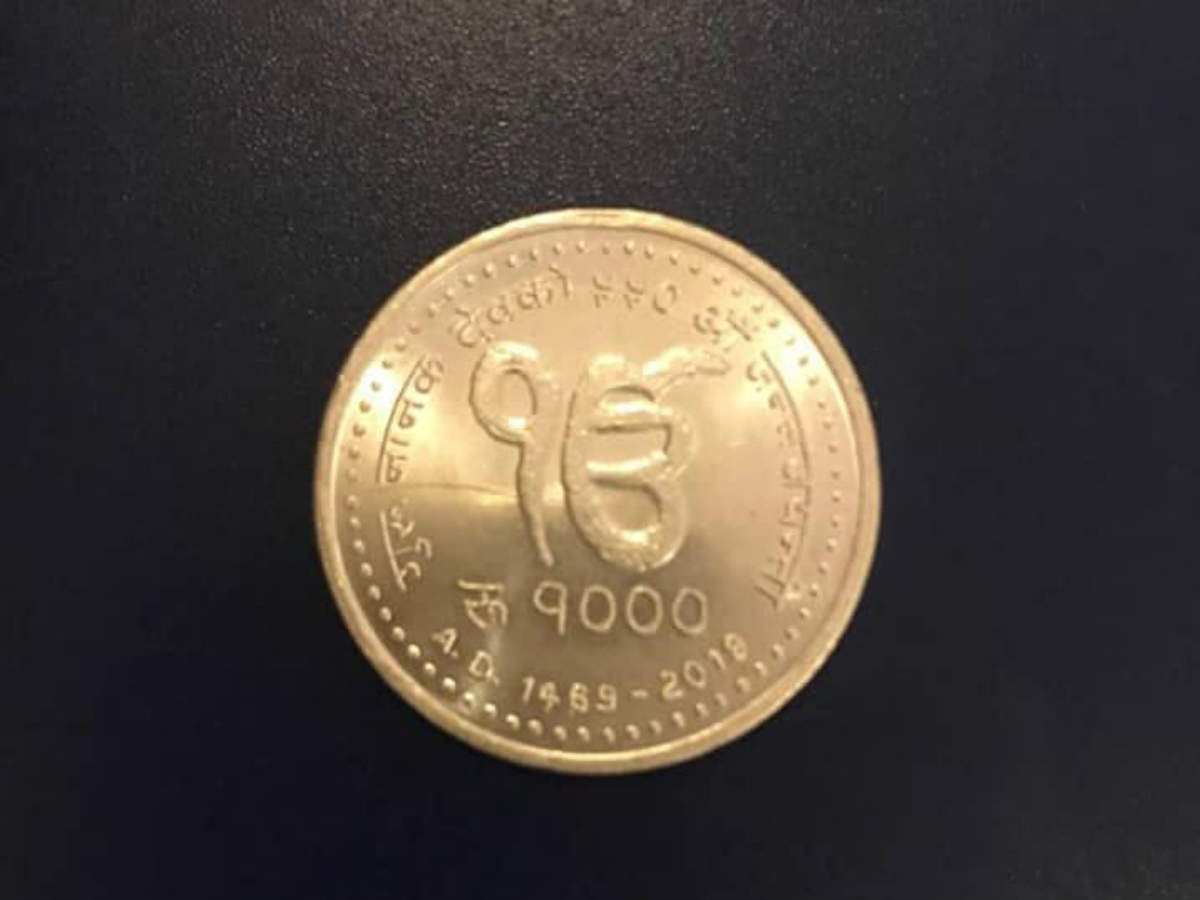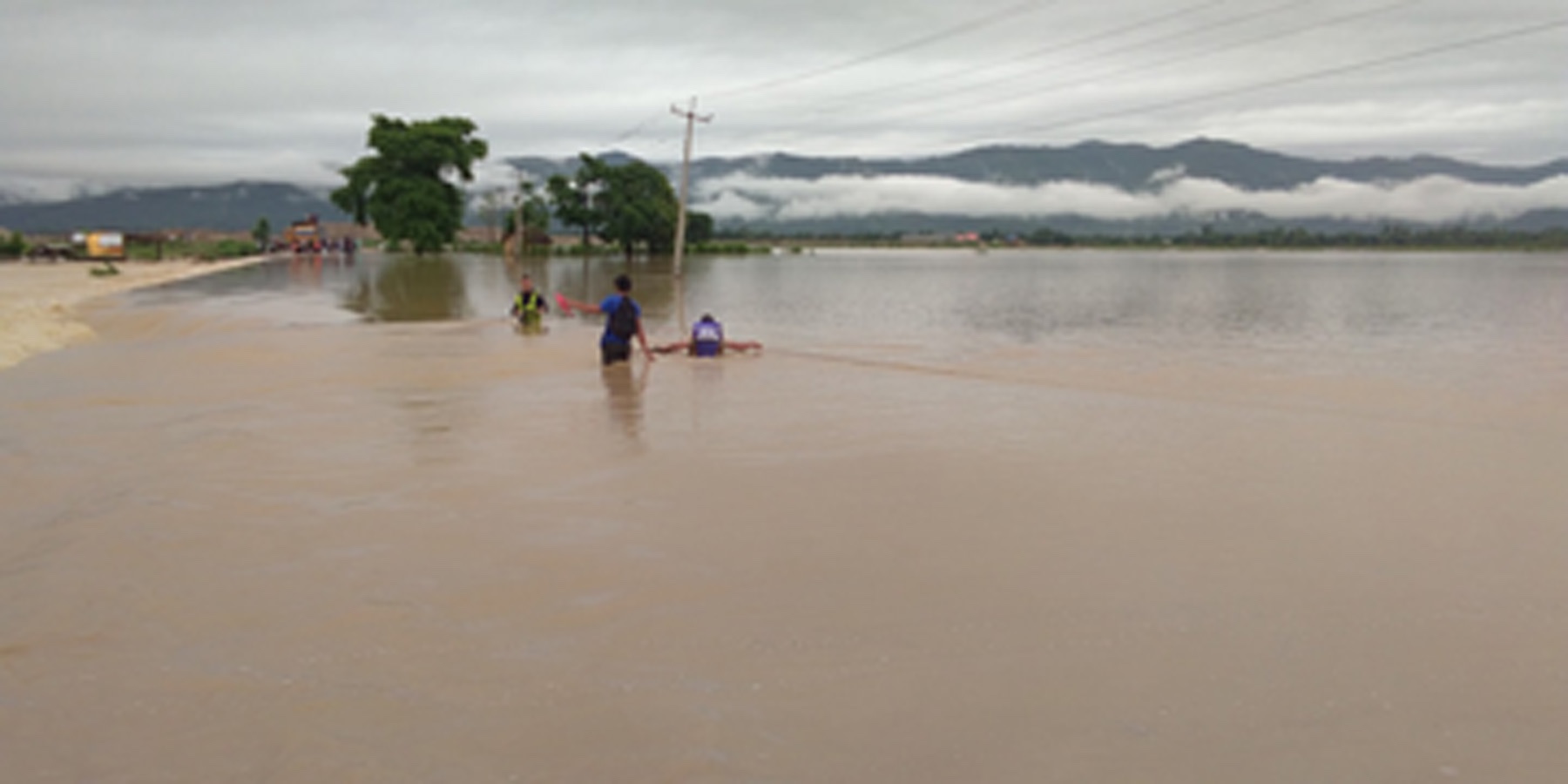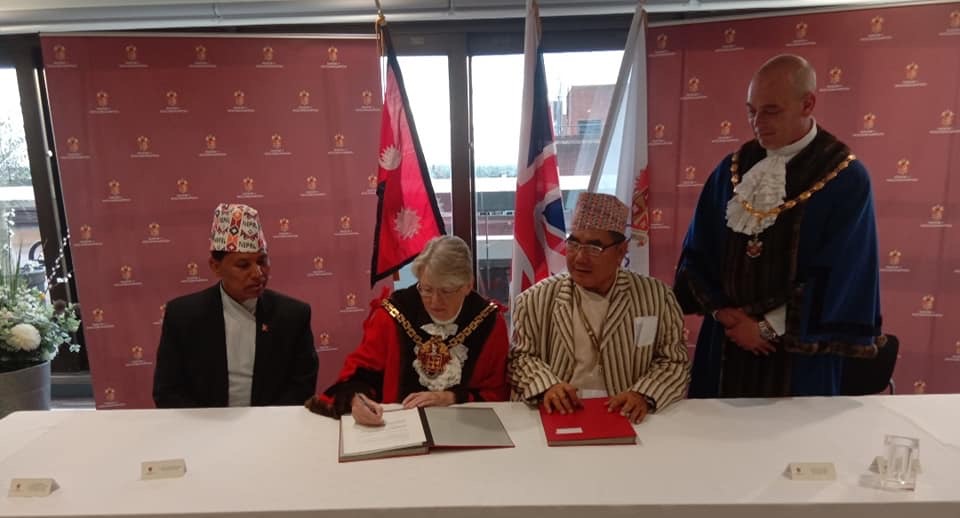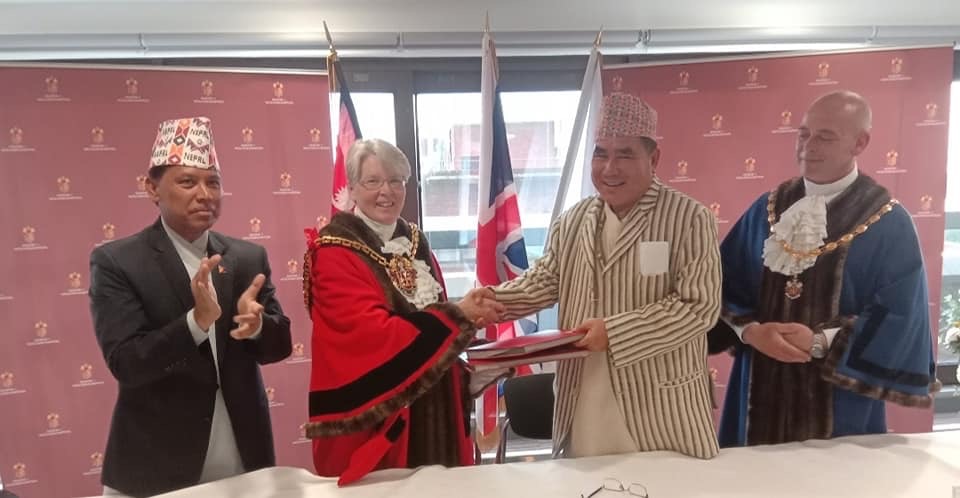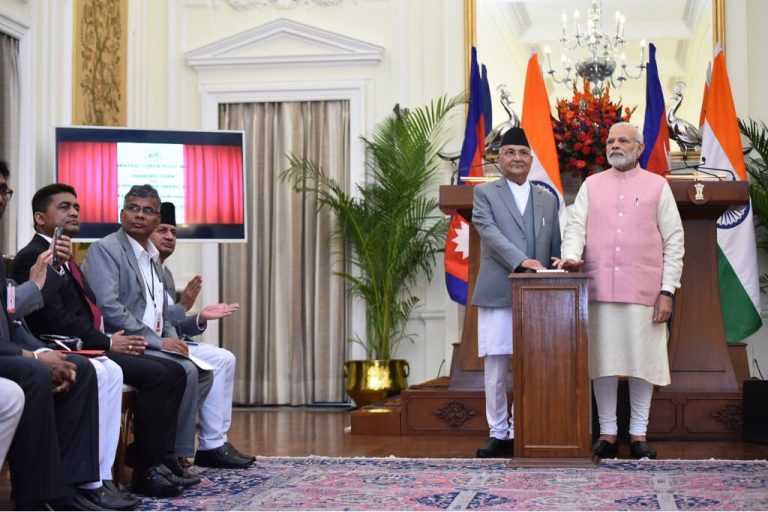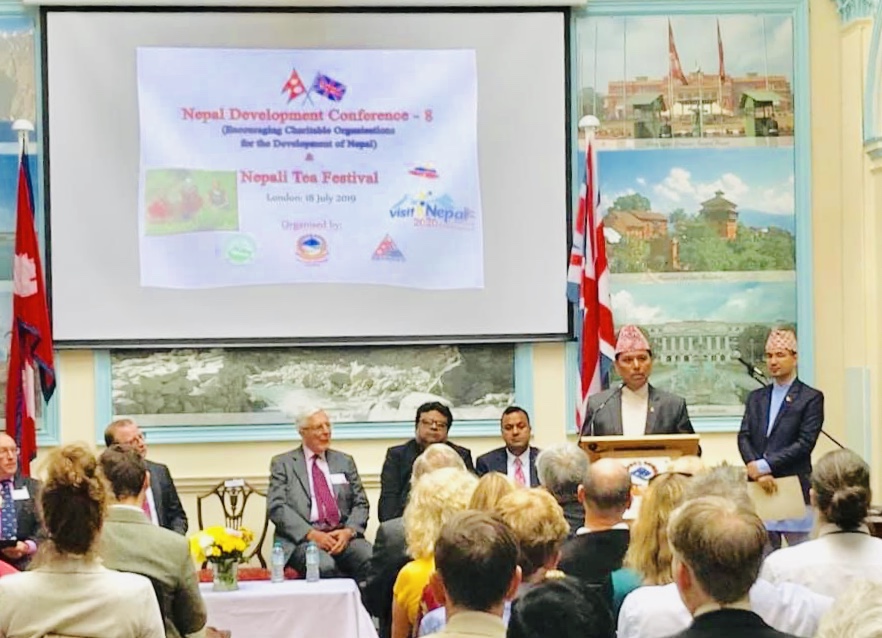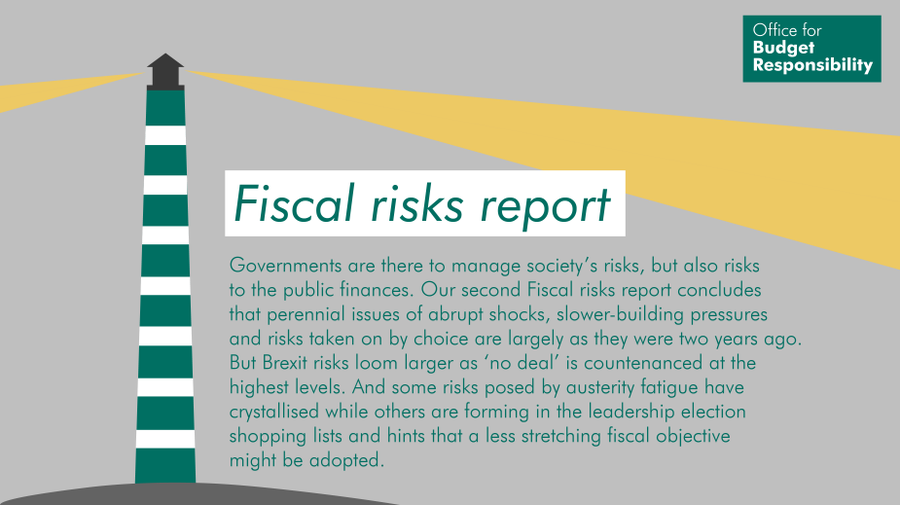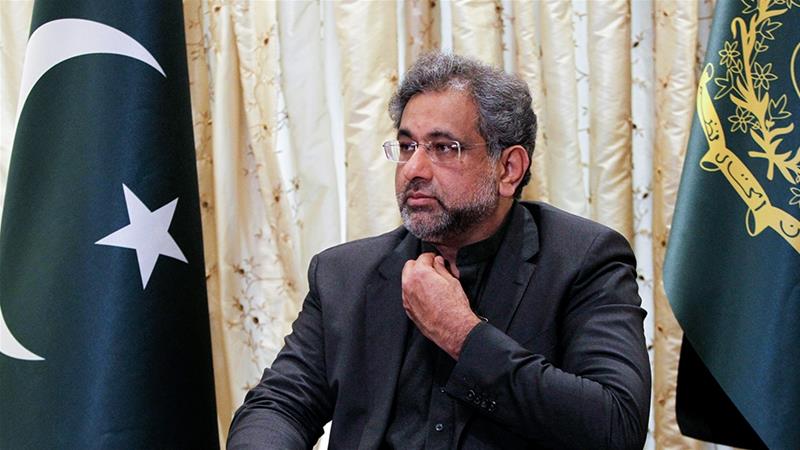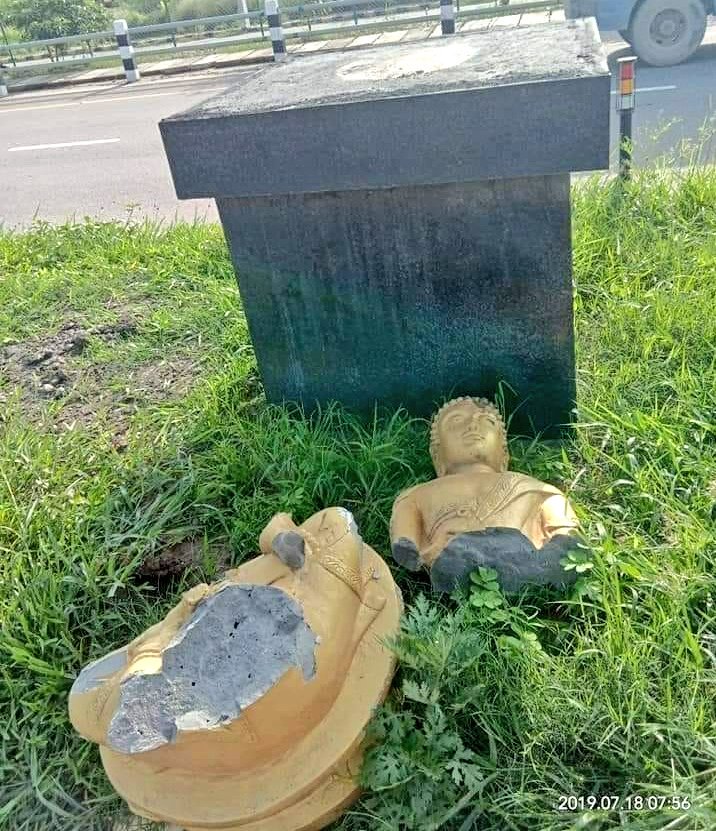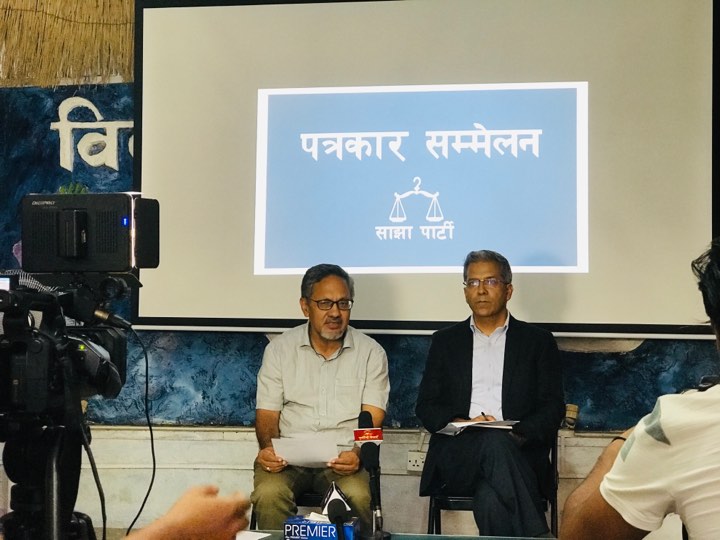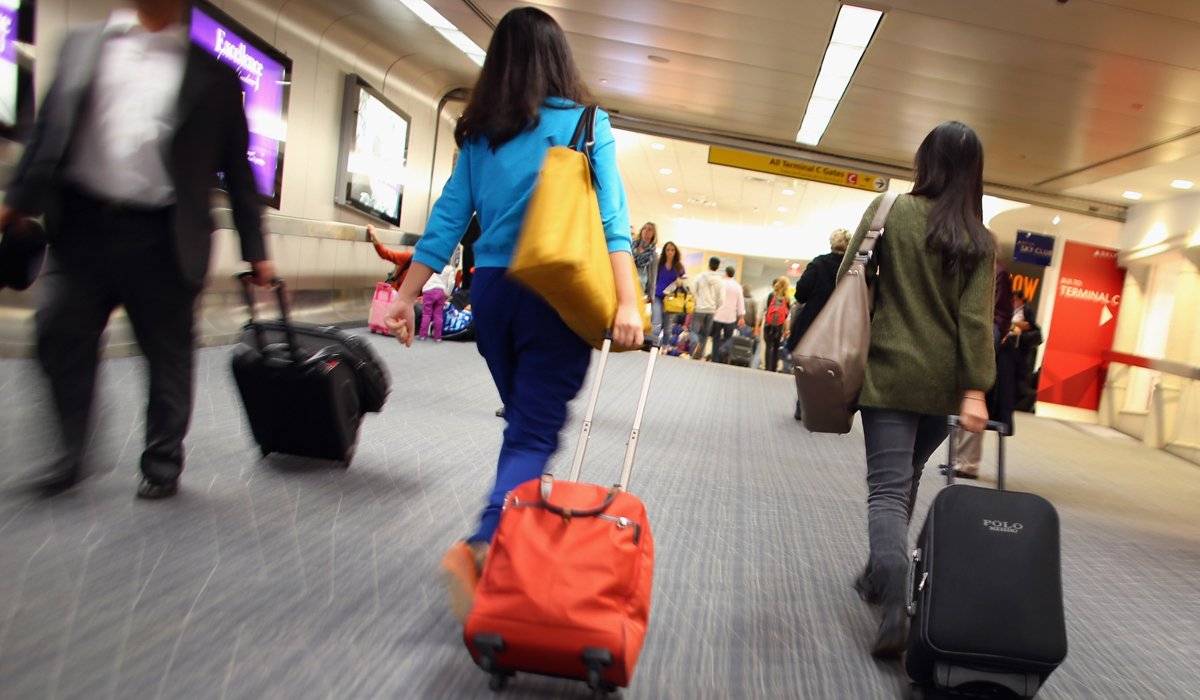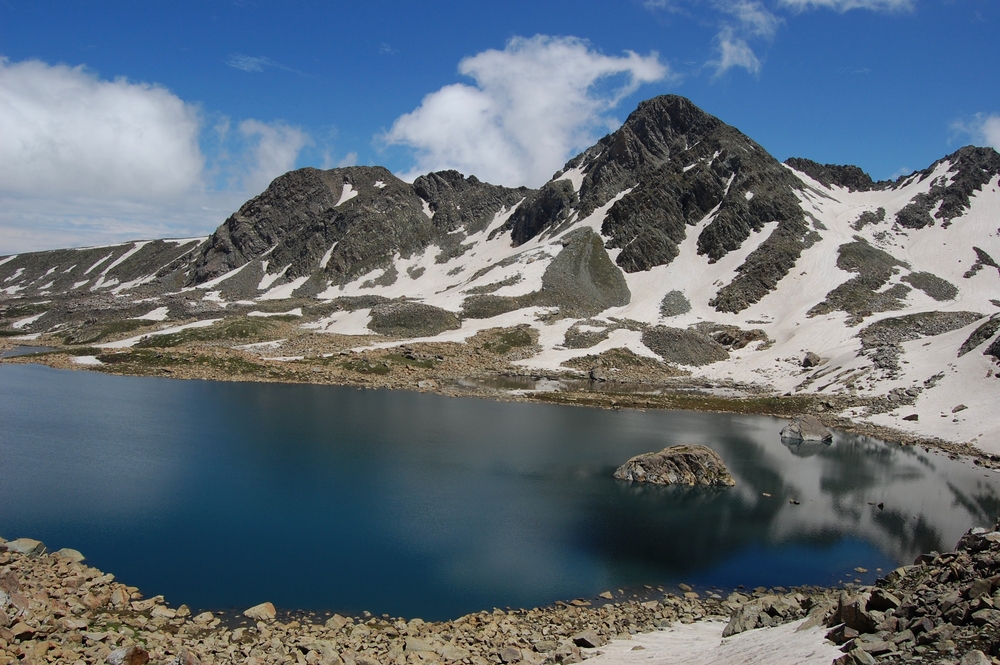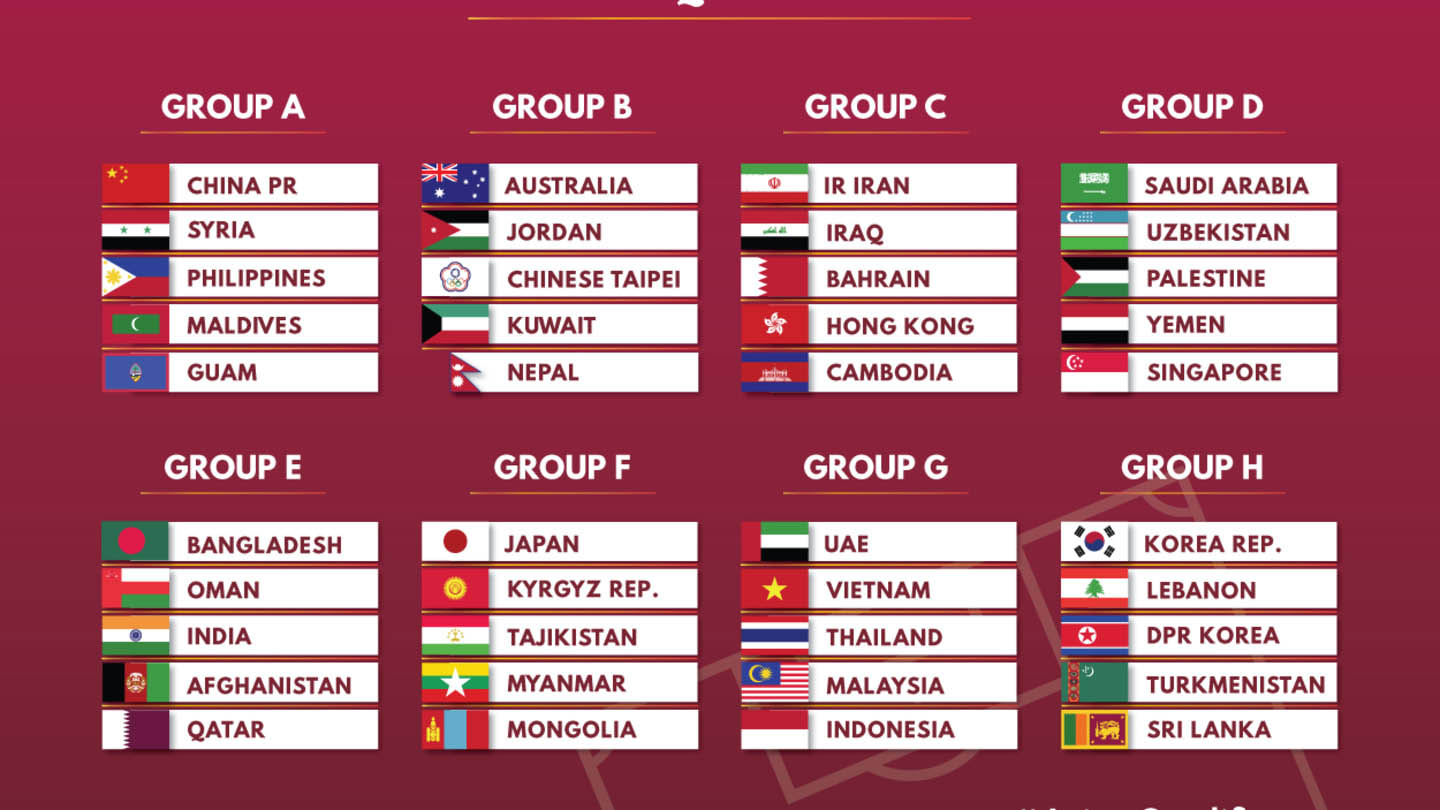BSS, Dhaka— Himalayan Airlines, one of the private carriers of Nepal is going to commence Kathmandu-Dhaka-Kathmandu direct flight from Monday.

The airline will operate three weekly flights by its A320-214 narrow bodied aircraft, configured with 150 economy class and eight premium economy class seats, a press release said here today.
On the occasion, acting Nepalese Ambassador to Bangladesh Dhan Bahadur Oli emphasized strengthening connectivity between the two countries on all fronts saying that there is huge potential to promote Bangladesh-Nepal bilateral relations.
“When we talk about connectivity, we don’t talk about one-way connectivity,” he said at a function at the Nepal embassy here on Thursday last.
Himalaya Airlines Bangladesh Country Manager Sushil Kumar Basnet said the ticket price will be cheaper compare to other airlines.
With the airlines’ regular flights to Middle East destinations like Doha, Dubai and Dammam, the new sector shall also significantly project Kathmandu as a transit hub for Bangladeshi passengers.
This connectivity will boost new business opportunities between Nepal and Bangladesh and shall also serve as a bridge between the Middle East countries and Bangladesh, the release said quoted the airlines vice president Vijay Shrestha.
The thrice weekly schedules have convenient timings, where flight will depart from Kathmandu at 11:10 am (local time) and land at 1:10 pm (local time) in Dhaka while the return flight depart Hazrat Shahjalal International Airport at 2:10 pm hours (local time) and arrive at Tribhuvan International Airport at 3:20 pm.
The airline has appointed SAir Air BD Ltd as its general sales agents.




